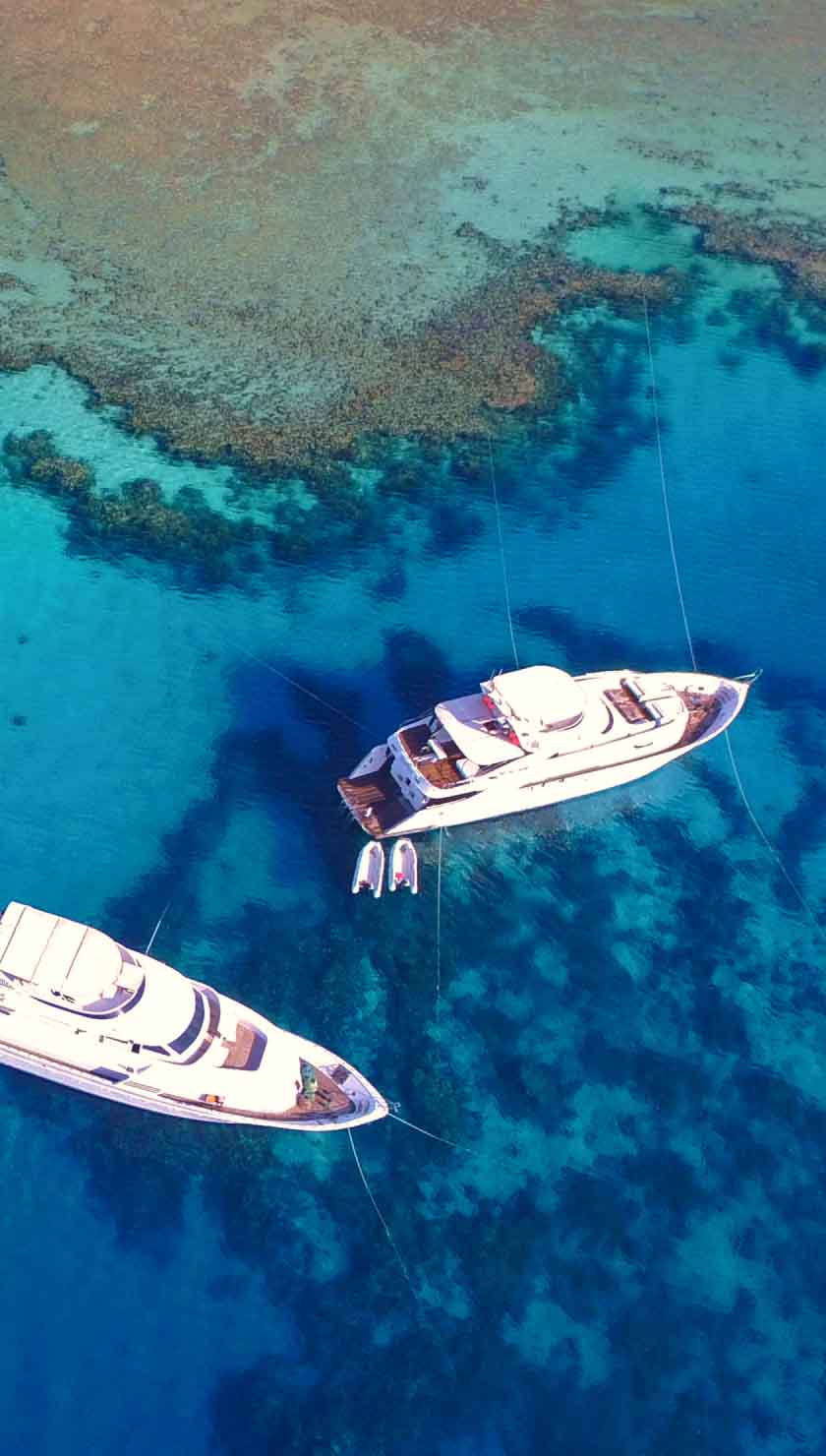Liveaboard Diving in Canarreos Archipelago
What To Expect On a Canarreos Archipelago Liveaboard
A Liveaboard in Canarreos Archipelago will immerse divers in some of the richest waters that the Caribbean Sea has to offer. It is made up of a group of around 350 different islets, through which most Cuba liveaboard boats weave, taking guests to dive sites bursting with life, with some of the best visibility in the world. Their location is due south of the main island of Cuba, and because the archipelago is far from shore and boasts a huge number of dive sites, it's best to visit as part of a live aboard tour. This way, divers are able to undertake multiple dives per day, over a period of around 7 days, ensuring they are able to view as much as possible on the dive trip and discover the stunning marine life that make this place their home.
Canarreos Archipelago Underwater
The sites visited on a Canarreos Archipelago Liveaboard cruise are vastly varied, with different diving conditions and a wonderfully diverse underwater landscape. The array of hard and soft coral species showcase the entire colour spectrum, intensified by dazzling sunlight able to reach them through crystal clear water. A liveaboard cruise in Canarreos Archipelago will allow divers to explore shipwrecks, majestic vertical walls, eery caves and exciting swim throughs. Tunnels run through large coral mountains, giving the sense of being in an aquarium! Photo enthusiasts will be excited by the abundance of macro life, as well as huge numbers of large fish - Nurse Sharks, Turtles and Groupers are regularly seen at many sites. Liveaboard tours often include some on shore activities too, where guests can explore some of the beautiful islands featuring picturesque white sandy beaches inhabited by many birds, reptiles and flora.
Dive Sites of Canarreos Archipelago
Liveaboard crews will normally discuss potential sites with the whole group and come up with a custom itinerary best suited to the wants and needs of everyone. That said, common dive sites include:
Cienfuegos and Rancho Luna are often at the beginning of many live aboard itineraries, introducing divers to the area and giving them a taste of what is to come. The underwater topography is extremely unique here, and there's also a small shipwreck to enjoy which over the years has attracted huge numbers of tropical fish.
Cayo Guano Del Este lies in the shadow of an old lighthouse, giving a lovely backdrop to this site where the marine landscape is untouched and pristine. Sailing on, liveaboard vessels will reach Cayo Trabuco which features a little bit of everything - giant walls, schools of fish, rays, and turtles.
Cayo Largo is a well known site in Cuba, and for good reason. The biodiversity is second to none, with easy diving conditions which offer an opportunity for night diving where divers commonly report seeing sleeping sharks.
Depending on the collectively agreed itinerary, liveaboard boats may continue on to the stunning tropical island of Cayo Rosario, encased in white sand and surrounded by colourful reefs. Nurse Sharks, Barracudas, and Groupers are frequent visitors here. Following this, the captain will often steer towards Cayo Sigua, a site with a daunting vertical wall and challenging caves, which will be of particular interest to experienced divers.
The largest island of the Canarreos is Isle De La Juventud and possesses endless spectacular diving opportunities. The full range of tropical reef life can be seen, and as liveaboards typically spend some time here divers have the chance to log maximum bottom time and immerse themselves amongst the huge schools of reef fish that constantly roam each site.
Top Tips For Divers
Liveaboard diving in the Canarreos Archipelago has everything from calm, easy, gentle diving to exhilarating drifts therefore suits every level. The crew will normally want to see an open water qualification, but although you should bring your log book it's rare for a minimum amount of dives to be requested. Tanks and weights are included for those with the rest of their equipment, although gear can be rented onboard.
English should be fine to get by with, although you'll be at a slight advantage if you speak Spanish as it is the national language.
The main currency tourists will come across in Cuba is the Convertible Peso, which can only be bought from within Cuba. Bring some currency to change at the airport - the best are Euros, Pound Sterling, or Canadian Dollars. The less seen Cuban Peso is used in local communities, and it may be useful to have a small amount in your back pocket.
ATMs outside of the main cities shouldn't be relied upon and therefore it's best to ensure you have enough cash before leaving Havana. Having said that, most large tourism companies, including some liveaboard operators, will accept many international credit cards. The exception are US based cards - there's a question mark over whether Mastercard is accepted or not.
Getting to the Canarreos Archipelago
The most common port for a Cuban liveaboard dive tour leaving for the Canarreos is Cienfuegos. It's some way from Havana, however with prior arrangement with the liveaboard operator they should be able to include a transfer from the capital, saving the hassle of arranging it. With the exception of the US, flights come directly to Havana from all over, including Europe, Asia, North America and Latin America.











